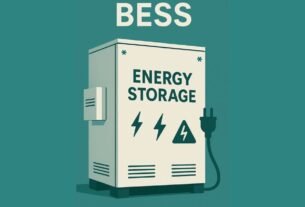In Short : Expectations for borrowing rates in 2025 vary greatly, according to a recent analysis from the International Energy Agency’s Cost of Capital Observatory. This is mostly because of increased global uncertainty.
Important Results:
Even while interest rates have started to drop globally following the post-pandemic spike, clean energy finance rates, especially in emerging and developing countries (EMDEs), are still stubbornly high.
More than 50% of investors polled anticipate higher capital costs in 2025, with macroeconomic uncertainty and ongoing U.S. interest rates serving as the main causes.
In the meanwhile, roughly 25% expect cost reductions, pointing to developing markets for renewable energy and improvements in financing arrangements.
90% of participants anticipated short-term rises in 2023, which is different from today’s more varied outlooks.

Why is the divergence occurring?
The sentimental divide is being shaped by a number of factors:
Monetary policy uncertainty: The timing and extent of rate decreases are still uncertain, despite the fact that global rates are down.
Trade and geopolitical risks: Perceived investment risk is increased by ongoing conflicts and fluctuating tariffs, especially for EMDE projects.
Currency and political volatility: In certain areas, funding risk is increased by limited access to hedging tools.
Investor trust in the scalability of renewable energy is increasing in certain regions, which is encouraging for financing costs.
Why It Matters: Consequences for Clean Energy Initiatives
Investment certainty is essential. The financial viability of clean energy projects (solar, wind, storage, etc.) is directly impacted by the cost of funding.
Risk reduction is essential. Particularly in emerging economies, instruments such as guarantees, concessional financing, and public-private partnerships can aid in lowering perceived risk.
Policy frameworks affect results: Lower-risk finance circumstances are promoted by transparent, trustworthy political and regulatory frameworks.
Views of investors are changing: Project developers and policymakers should adapt their strategies to a more fragmented financial ecosystem, as indicated by the more different expectations compared to 2023.
The bottom line
The outlook for renewable energy financing costs in 2025 is currently divided. A sizable minority of investors think that progress is being made, despite the fact that many are still cautious and anticipate higher capital costs as a result of macroeconomic volatility. Scaled investment in low-carbon energy will depend on lowering this uncertainty through better risk frameworks, financial innovation, and international assistance.



